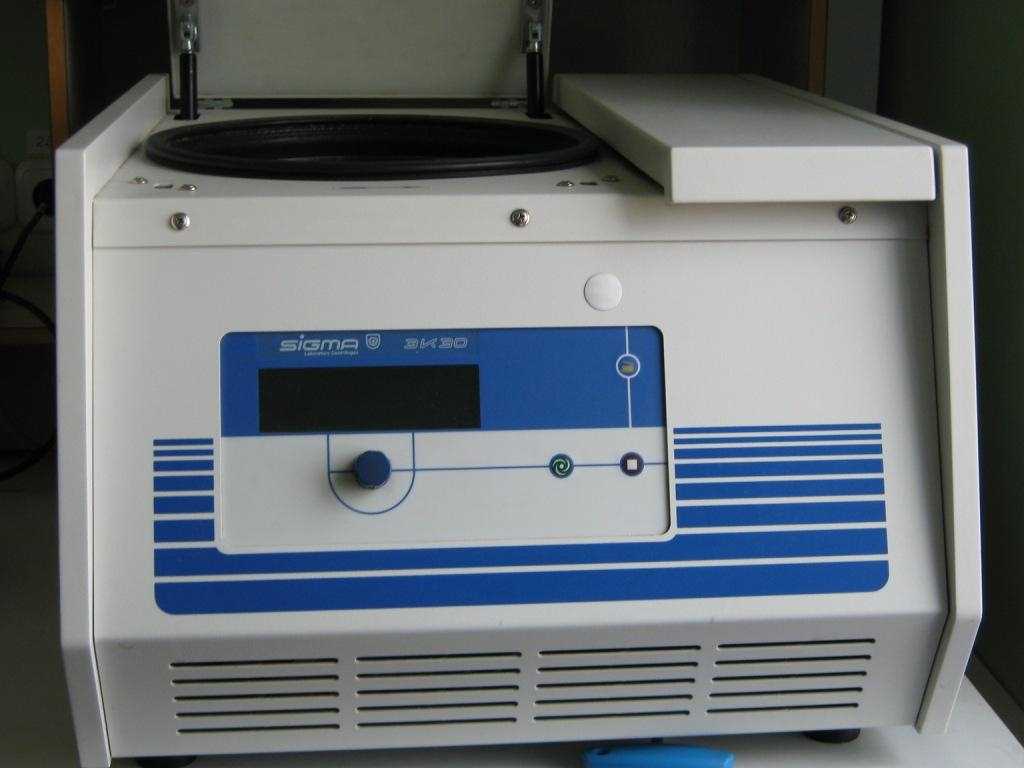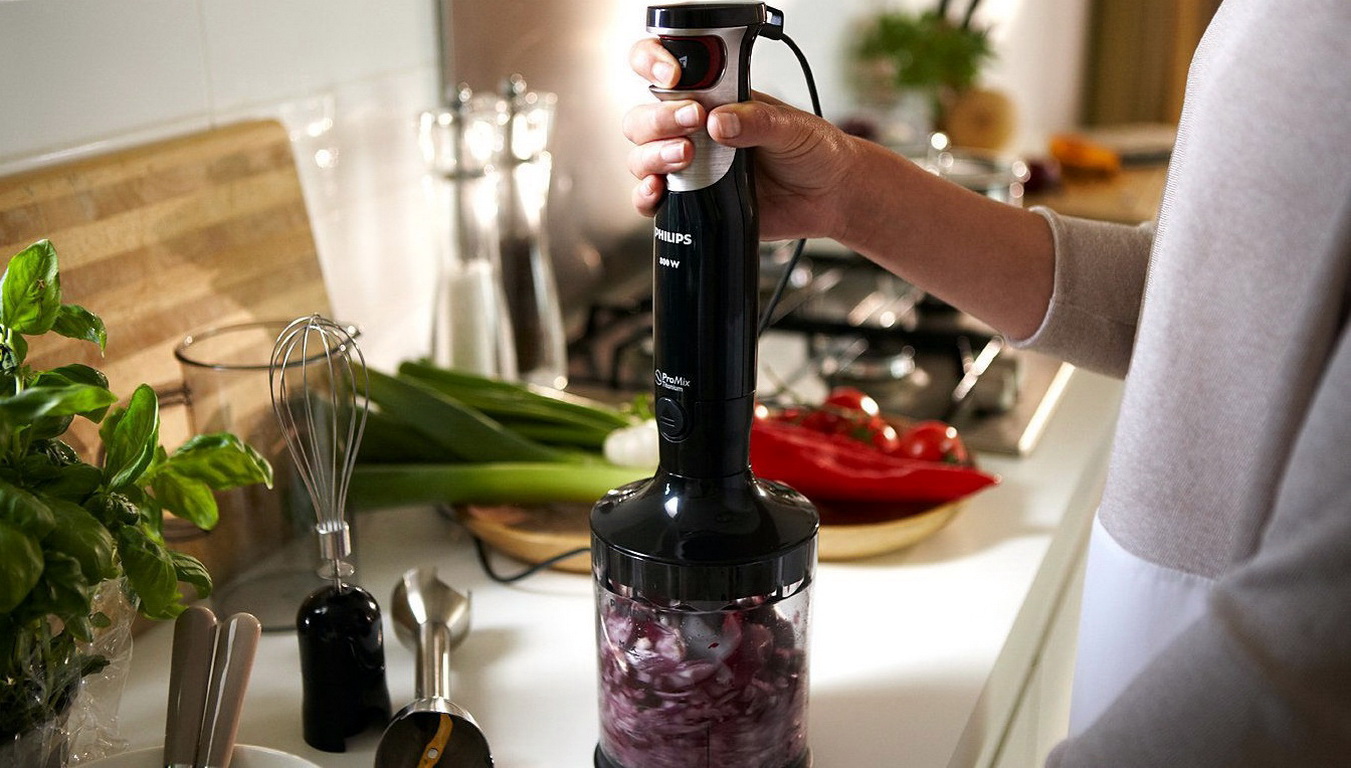Ranking of the best laboratory centrifuges for 2024

Among the many types of special equipment for laboratories, the centrifuge is not the last. The device is designed for stratification of liquids and bulk solids, depending on the size of fractions and their specific gravity. Some centrifuges are capable of separating solid particles from liquids.

How the device works
In the process of work in the centrifuge, a centrifugal force is created, due to which the particles in the mixtures are separated into large, heavy and small ones. The large ones are pushed to the periphery, while the small ones remain in the center. There are different centrifuges depending on the purpose: some are needed only to obtain samples of the required substance, which will be further investigated, while others are able to analyze some characteristics of molecules directly in the field created by the centrifuge.
Compliance with the rules of maintenance of the device
The centrifuge rotor requires regular attention from the maintenance personnel. In the event of breakdowns, depressurization can occur, which will result in injury to people and damage to laboratory property. Most modern models do not require much maintenance time. But laboratory workers are obliged to strictly follow the instructions from the device manufacturer in order to avoid accidental device failure.
Any centrifuge needs weekly cleaning of internal working surfaces and rotor from dust and possible contamination. All touchpads, buttons, keyboard, external casing are subject to the same care.
Before the introduction of a new device into operation, all laboratory staff who will work on it must undergo high-quality instruction and report on the learned rules. This is important because it is human errors that lead to various rotor breakdowns.
You cannot work on the centrifuge if it does not turn on, vibrates strangely, makes too much noise, or does not reach the set rotor acceleration parameters. In such cases, you must immediately turn off the device from the network and send it to a repair specialist to correct the cause of the breakdown.
Basic tips for using a centrifuge
In order for the device to serve the required period and fully perform its functions, the following rules must be observed:
- Do not install the device on an unsuitable surface: sloping or uneven.
- The first time it is used, it is the responsibility of a technician authorized to work with such equipment to install and calibrate the precision instrument.
- Before and during work, special equipment tests must be carried out, following the instructions.
- During daily operation, the device requires mandatory wiping with disinfectant solutions both inside and outside.
- A daily maintenance schedule should be posted on the wall near the appliance. It should indicate the time and signature of the employees who perform the necessary activities.
- The cover of the device must not be opened until the rotor has come to a complete stop. In this case, most models have protection in the form of automatic shutdown of the rotor if the lid is not closed.
- The body and rotor should be treated monthly with a special detergent that has a neutral pH.
- An annual inspection and diagnosis of the centrifuge by a specialist is mandatory to identify possible breakdowns or inaccuracies in operation.

How to choose a centrifuge
When choosing a device model, it is better to take into account such points as:
- the specifics of laboratory activities: medical institutions are more likely to work with samples of biological fluids (blood, sweat, urine, etc.), while scientific ones deal with a wider range of substances and materials;
- the workload of the laboratory, that is, how many tubes are processed daily, so that there is no equipment downtime and underload, which will take more time for research; an odd number of tubes must not be placed in the device in order not to disrupt the operation of the rotor;
- different types of rotors - for different studies and types of processed materials. If the laboratory is industrial, then it is better to purchase those devices that are capable of performing different functions.
Rating of the best centrifuges used in laboratories
Ensuring efficient processing of samples with minimal energy and time costs is achieved with the right centrifuge.
Elmi CM6M
The model is quite easy to operate, very convenient and reliable in use. The extended range allows the centrifuge to be used in the fields of medicine, analytical chemistry and biology.
Ergonomics and a wide area of use of the latest development of 2019, distinguishes the device from previous versions. Advanced features expand the capabilities of the instrument.
The sample is equipped with a removable bucket rotor with hinged converters, a special control system that ensures smooth start-up and rotor rotation speed.
- presence of a light indicator with time display;
- lid lock, prohibiting accidental opening;
- sound signaling about a stop;
- automatic unlocking of the cover after the end of the work process.
- not found.
CM-12-08
The updated compact apparatus CM - 12 - 18 for laboratory purposes, provides the ability to separate blood into its constituent particles, carries out the distribution of inhomogeneous substances, and also fulfills other daily purposes in hospitals and laboratory centers. The angled rotating vector holds up to eight 15 ml tubes. With a soft and not noisy ride, the system that stabilizes the engine copes. Reaches high speed in 20 - 80 seconds. The automatic lock prevents accidental opening of the cover until the work is completed. Signaled notification, display of speed process and remaining time.
- universality of use in honey. purposes and laboratories during scientific research;
- indication, display panel;
- the ability to set the desired speed and clock mode;
- lock - automatic machine on the lid;
- in case of an unexpected program failure or power outage, there is an emergency stop button;
- quiet operation, smooth running due to good fastening;
- easy cleaning and disinfection process.
- not found.

Tagler CM-12-06
A special apparatus is designed to separate mixtures into fractions at an accelerated rate and to mix solutions. The device can be used to centrifuge conventional tubes with a volume of 15 and 5 ml, vacuum VACUETTE, collection for blood, as well as volumetric 100 mm glass containers.
Where are used:
- research activities in the chemical and biological sciences;
- for scientific and industrial purposes involving food;
- suspension mixing and particle separation.
Light weight, compact dimensions, simplicity and reliability of control. The fastest pace of work is achieved in 20 - 80 seconds. Snap-on lock - the automatic machine makes it impossible to open the cover until a complete stop occurs. Signals the termination of the workflow. The speed of rotation is regulated, and the time is up to minutes. Display on the window of speed and time.
- universal research machine;
- reflective panel showing information about the process of work;
- adjustment of the required time and speed of work;
- the lock is equipped with a magnet - latch;
- the ability to quickly connect samples due to instant start;
- emergency opening under unforeseen circumstances (no power supply in the network or failure);
- high-quality fastening and stabilization of the motor, ensuring a quiet process and smooth running;
- simple disinfection and cleaning.
- not found.
Eva 200 tabletop
Ideal for working with a minimum number of beakers, the unit is equipped with an 8-position angled anchor. The control is carried out by a microprocessor, various types of containers with a volume of up to 15 ml are suitable, and the maximum permissible speed is 6,000 rpm.
Perfectly copes with the separation of mixtures and various substances. Three layers of blood components are clearly visible in the test tube. Depending on the clinical picture, the resulting fractional appearance can be used both in crushed and in a whole state. The unit is recommended for use in the field of implantation.
EVA - 200 is a miniature benchtop centrifuge, which is controlled by a built-in microprocessor, equipped with an eight-position angular rotor. Small dimensions do not affect high power availability.
Small 4 kg weight, allows you to use the device for mobile moving. Tubes of different types up to 15 ml are suitable. Therefore, the model is quite popular in dentistry and small clinical laboratories.
- shutdown function in case of imbalance in the loading of containers;
- cover blocking;
- protection of the motor from strong heating.
- not found.

Tagler TsLMN 1-8
A device with a heating function is capable of separating different types of liquid systems with a concentration of up to 2 g / cm3. Possibility of use in dairy production when it is important to determine the percentage of fats and proteins. During research work in veterinary medicine, microbiology, biochemistry, physiology.
Built-in heating reduces temperature loss in fat meters, ensuring the most accurate readings during centrifugation cycles. Heating available does not mean that there is no water bath during Gerber analysis. The device has retained the similarity of traditional Russian centrifuges, and received valuable additional advantages.
The upper bar is equipped with a special window that allows you to observe and control the working process of the unit. The front panel has quite convenient buttons that are easy to operate. The display shows the surface temperature of the heating element (not in the chamber itself) and also shows a countdown of the remaining time.
- modern motor mounting system, contributed to an increase in the speed of the unit's stability to unbalance;
- it has a completely silent performance;
- modern digital technologies have made the panel very easy to operate and maximally informative;
- thanks to the configuration, it was possible to reduce the dimensions, which makes it possible to put the device on the desktop;
- the cover, where the viewing window is located, is made of durable material - polycarbonate (the increased strength of this raw material, gives a 100% guarantee of protection), which significantly increases safety and ease of use;
- electronic security system increased several times, not allowing accidental or intentional opening of the lid;
- the impossibility of mixing and incorrect indicators of results, thanks to the smooth braking system, which protects the butyrometers from shaking.
- not found.
TsLMN-R10-01-Elecon
Benchtop centrifuge with low speed, used in medicine, biological tests and research, chem. laboratories. It copes well with the task in the preparation of samples in network laboratories. The internal capacity is 10 tubes, and the speed is 2700 rpm. The mechanism is complemented by the ability to centrifuge high biochemical tubes up to 150 mm (old format). It is allowed to be used on the territory of Russia, thanks to the necessary quality certificates.
- an interesting concept with a spacious and bright window that allows you to control the start of the launch and movement;
- equipped with imported brushless motor;
- the smallest accuracy of revolutions, which is provided by microscopic processors, equipment of a high-speed light emitter;
- soft braking and acceleration;
- four speed modes;
- during the movement of the rotor, the cover is automatically locked;
low noise; - adapters and spare parts are always available at the developers' production warehouse;
- proven company with 20 years of verification.
- not found.
ULAB UC - 1412 D
It copes with the separation of fractions of different densities in many industrial areas: medicine, chemical laboratories.
- long service life is maintained due to the brushless motor;
- high-strength plastic, of which the centrifuge body is composed, prevents stains, corrosion and colorful chips from forming;
- ergonomic configuration is suitable for placing equipment in small spaces;
- lack of extraneous noise;
- opening the lid leads to a power cut, which makes it impossible for the operator to get injured;
- long-term operation is maintained due to a smooth set of revolutions.
- not found.

Medical laboratory 80-2S
Refers to the table type of similar equipment, but with slight differences in the setting of the speed limit. There is a panel and a timer conveniently located on the front side. Ability to terminate activities using automatic shutdown. Adjustable rotation speed with bright and indicator lights.
A protective mechanism holds the cover, preventing it from opening during operation. At the time indicated on the timer, the device will automatically turn off.
The drum of the apparatus easily accommodates test tubes of standard sizes.
- simple control of the device;
- multifunctionality of the device;
- complete safety.
- not found.
Centrifuges are a basic device that cannot be dispensed with in various production laboratories. Deciding on the right centrifuge for a specific task is difficult enough. A wide assortment will tell you about the sizes, operating capabilities and capacitive characteristics of the devices.
new entries
Categories
Useful
Popular articles
-

Top rating of the best and inexpensive scooters up to 50 cubic meters in 2024
Views: 97661 -

Rating of the best materials for noise insulation for an apartment in 2024
Views: 95022 -

Rating of cheap analogues of expensive medicines for flu and colds for 2024
Views: 91751 -

The best men's running shoes in 2024
Views: 87681 -

Top ranking of the best smartwatches 2024 - price-quality
Views: 85091 -

Best Complex Vitamins in 2024
Views: 84801 -

The best dye for gray hair - 2024 top ranking
Views: 82406 -

Rating of the best wood paints for interior use in 2024
Views: 77202 -

Ranking of the best action cameras from China in 2024
Views: 75269 -

Rating of the best spinning reels in 2024
Views: 74827 -

The most effective calcium supplements for adults and children in 2024
Views: 72463 -

Top rating of the best means for male potency in 2024 with a description
Views: 68296









